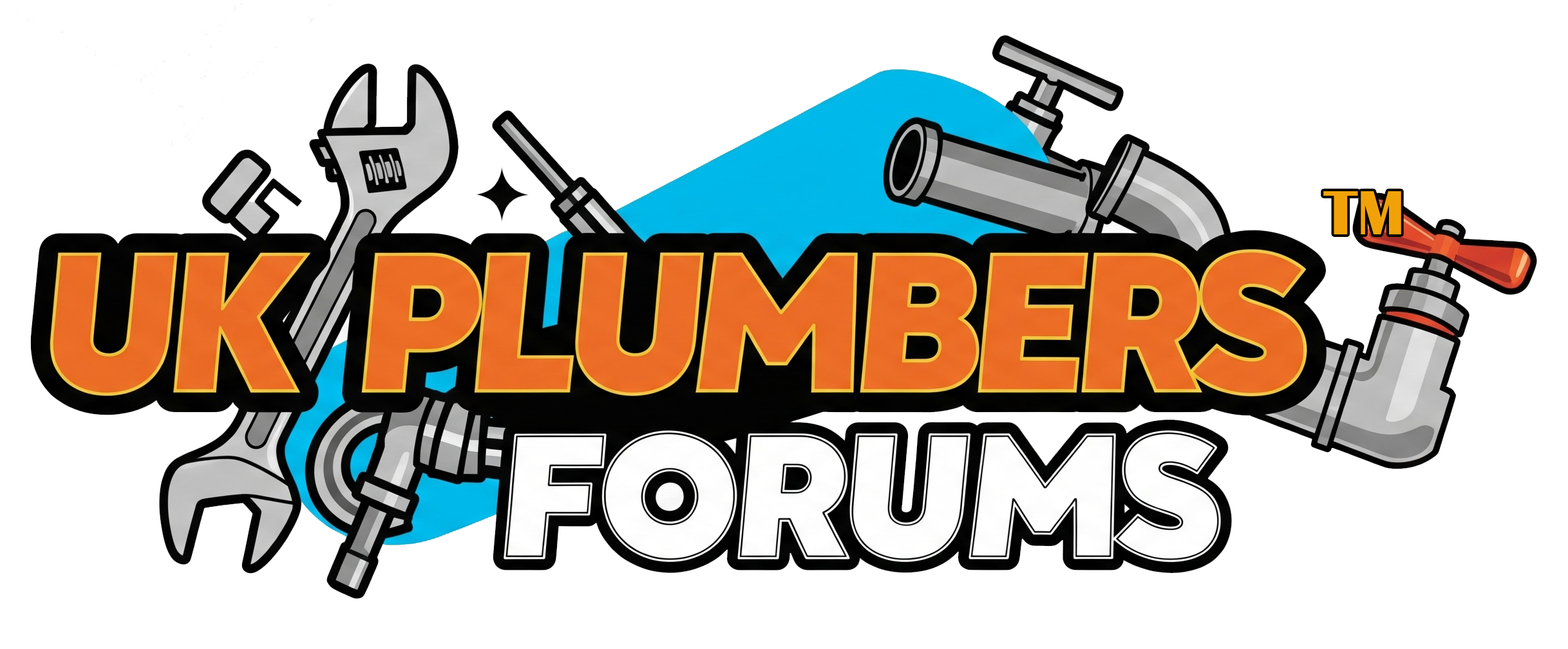L
LeadByExample
Hi all,
This topic may have been answered somewhere else, if so the search doesn't seem to retrieve it.
Anyway, here is my quandary (I have spent many hours on line to find this without prevail).
I am looking for information regarding the equivalent pipe length method for plastic in mm (i.e. 15mm, 22mm, etc. NOT inches) and for all types of plastic fittings (elbows, tees, etc.).
However the most elusive information of the equivalent pipe length method appears to be the unequal fittings (reductions and expansions) and how it is applied.
I have found a little bit of information about unequal fittings, unfortunately invariably it is in inches and it is not explained how it is applied, either. Let me give some simple examples (figures not representative).
Lets assume a straight pipe of one meter with a diameter 22mm connecting to a one meter straight pipe with a diameter of 10mm with a reduction fitting. Now if we assume the fitting adds one meter of pipe.
However, which diameter? Or in other words, do you have 'two' meters of 22mm and one 10mm or one meter of 22mm and 'two' meters of 10mm?
This of course also applies to unequal Tee fittings. For example an unequal Tee fitting connects 22mm through the branch to another 22mm and through the run to a 15mm (all one meter long). Now assume one meter is added through the 22-22mm and 1.5 meter for the 22-15mm run.
Do I assume 3.5 meters of 22mm before the Tee fitting and one meter for the branched 22mm and one meter of 15mm. Or is it one meter of 22mm before the Tee fitting 'two' meters for the branched 22mm and 'two and a half' for the 15mm pipe?
Any helpful information, would be greatly appreciated.
This topic may have been answered somewhere else, if so the search doesn't seem to retrieve it.
Anyway, here is my quandary (I have spent many hours on line to find this without prevail).
I am looking for information regarding the equivalent pipe length method for plastic in mm (i.e. 15mm, 22mm, etc. NOT inches) and for all types of plastic fittings (elbows, tees, etc.).
However the most elusive information of the equivalent pipe length method appears to be the unequal fittings (reductions and expansions) and how it is applied.
I have found a little bit of information about unequal fittings, unfortunately invariably it is in inches and it is not explained how it is applied, either. Let me give some simple examples (figures not representative).
Lets assume a straight pipe of one meter with a diameter 22mm connecting to a one meter straight pipe with a diameter of 10mm with a reduction fitting. Now if we assume the fitting adds one meter of pipe.
However, which diameter? Or in other words, do you have 'two' meters of 22mm and one 10mm or one meter of 22mm and 'two' meters of 10mm?
This of course also applies to unequal Tee fittings. For example an unequal Tee fitting connects 22mm through the branch to another 22mm and through the run to a 15mm (all one meter long). Now assume one meter is added through the 22-22mm and 1.5 meter for the 22-15mm run.
Do I assume 3.5 meters of 22mm before the Tee fitting and one meter for the branched 22mm and one meter of 15mm. Or is it one meter of 22mm before the Tee fitting 'two' meters for the branched 22mm and 'two and a half' for the 15mm pipe?
Any helpful information, would be greatly appreciated.
Last edited by a moderator:






